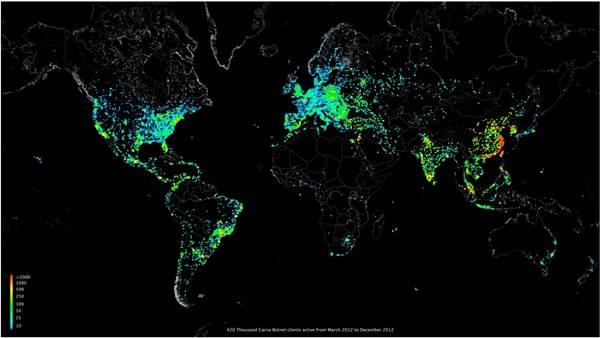
If you are like me and your profession is the Internet, isolation can become an issue. It's an interesting psychological problem not easily understood or resolved. In fact, one need not be alone to become isolated. We are, in essence, more united now as a civilization than we ever have been in history. So how can we possibly be isolated?
Even if our profession is not online we do tend to spend a great deal of time online at home. We shut out our friends, family, and spouses drawing into ourselves more and more. And we absolutely never go anywhere without our smart phones. Some of us, me included, can even reply to a text message without even looking at the screen while simultaneously carrying on a conversation face to face with someone. Texting and walking can become as dangerous an activity as texting and driving, especially when the two intersect.
I am reminded of some amusing images I've seen while researching this article. A soldier standing at parade rest is addressed by his superior while texting behind his back. A woman topples into a mall fountain while texting and walking. A police officer directs traffic with one hand and checks his smart phone with the other. Even surrounded by people, we simply close ourselves off to the world around us with disastrous results.
Are we lost souls? Are we doomed to a fate of only connecting with others via cloud based relationships? No, we are not hopeless cases. With some simple guidelines we can cure ourselves of our own isolation and reconnect with those around us. But it is not easy and will feel unnatural at first.
Allow and embrace life's little interruptions. I have a cat that roams freely about my home. She will eventually make her way to me and require affection. Rather than shooing her away, I force myself from whatever I'm doing and show her attention. This is therapy for me as well, forcing me to return to the world around me. When friends and family visit, I leave my smart phone on vibrate in another room. If for any reason I do require my smart phone to receive a call related to a deadline or new contact, I let my visitors know that I'm expecting a call. My friends and family know this about me, and appreciate my efforts to remain centered in the here and now.
Many of us do, however, have deadlines and online obligations that require us to focus on what we are doing. I resolve this by reserving time to myself that I feel certain will not be interrupted. I awaken early and sit in my window with a cup of hot tea or coffee during the early morning hours. And while the rest of the world sleeps, I tend to my assignments. By the time the first rays of the sun warm my face, I have my pending assignments completed.
With laptop and smart phone in tow, I drive to the coffee shop in town. I am warmly greeted there by friends and colleagues, the two are synonymous. Here we chat and exchange ideas and opinions over an early morning cup. Admittedly, this is often where I get my ideas and subject matter that I share with all of you.
There are moments of my life reserved for work and online activitiesn but there are definite moments specifically reserved for those directly in my life. As with all things, a balance must be maintained. This is vital as we delve ever deeper into this new era, so we don't loose ourselves in the thickening cloud around us.
Sources/Resources






